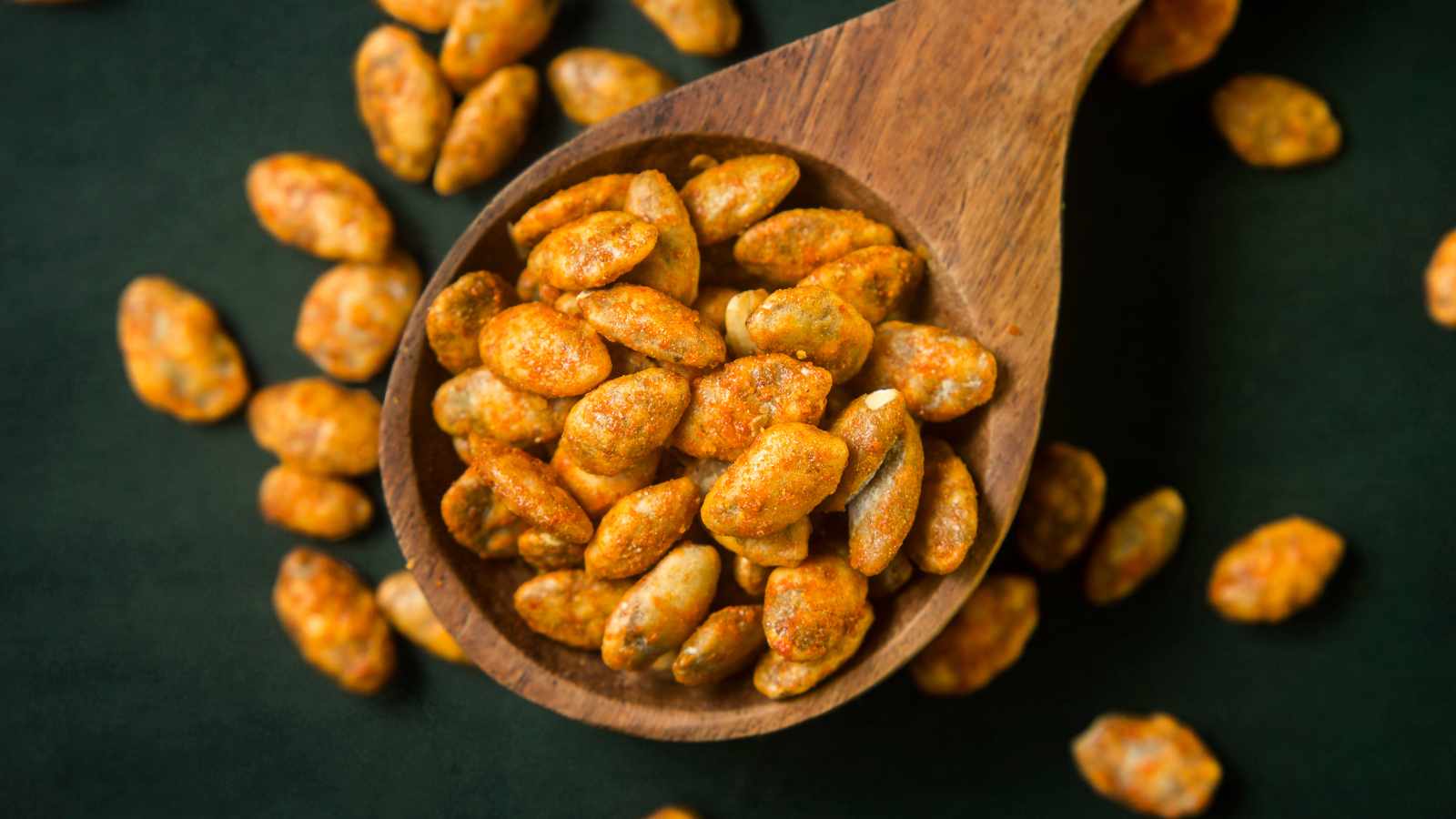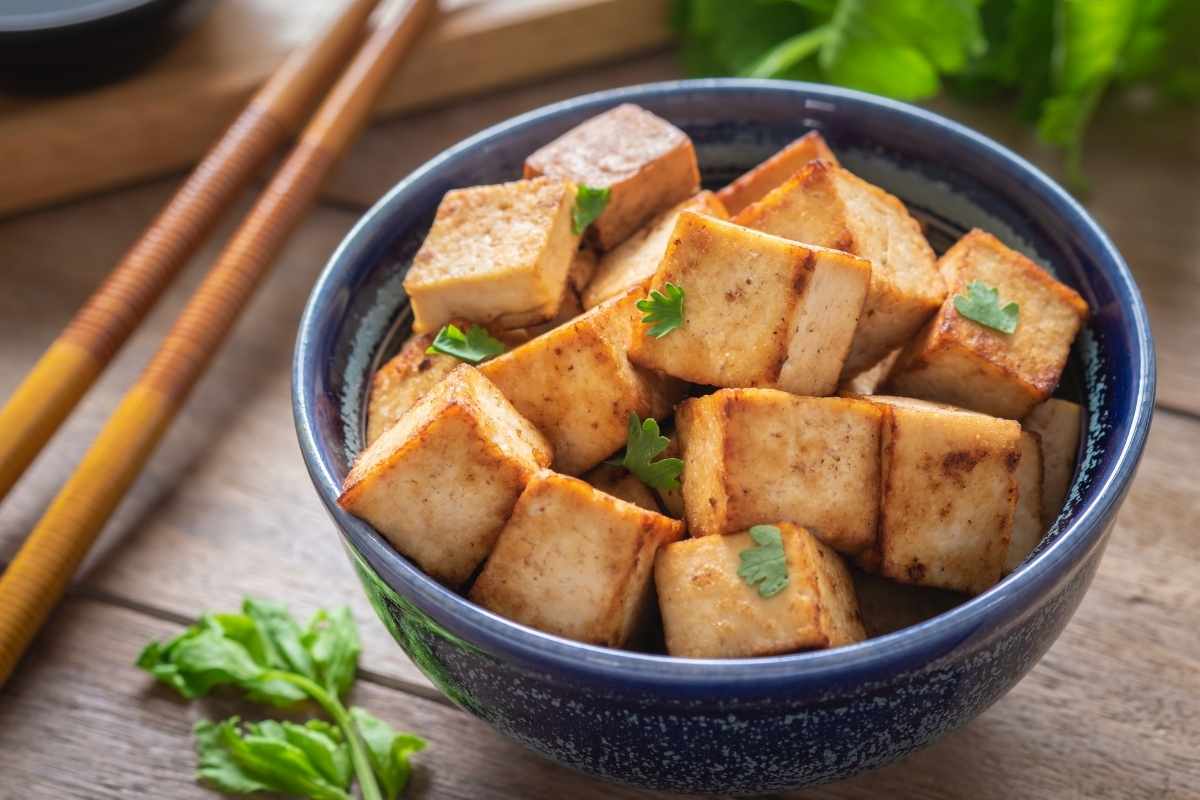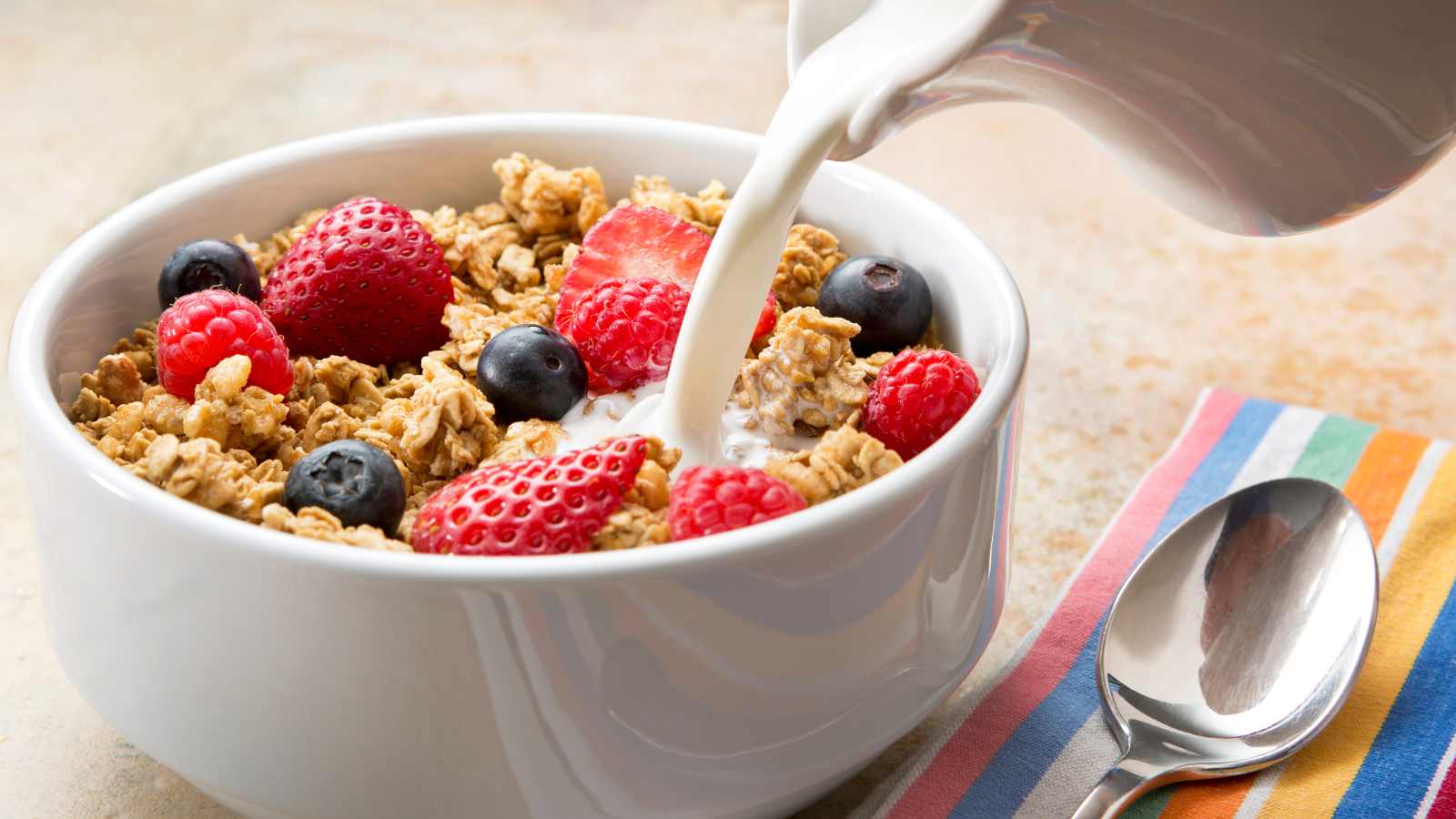Iron deficiency is one of the most common nutritional shortfalls among women, particularly those of childbearing age. It’s also one of the most overlooked causes of persistent fatigue, brain fog, and decreased physical endurance. If you feel exhausted all the time, even after a full night’s rest, your body might be crying out for more iron.
The good news? You can often restore healthy iron levels through food, no prescriptions needed. Below are 10 iron-rich foods that are especially beneficial for women experiencing chronic tiredness.
1. Beef Liver
Beef liver is one of the most concentrated sources of heme iron, the type that’s most readily absorbed by your body. A single 3-ounce serving contains about 5 mg of iron, which is around 28% of the recommended daily intake for premenopausal women.
Beyond iron, liver is loaded with vitamin A, folate, and vitamin B12, all of which support red blood cell production and overall energy metabolism.
How to Eat It:
- Pan-fry with onions and garlic
- Add to meatballs or ground beef dishes in small amounts
- Try pâté on whole-grain crackers for a nutritious snack
2. Spinach
Spinach is rich in non-heme iron, the plant-based form of the mineral. One cooked cup provides about 6.4 mg of iron, but absorption is lower than animal sources, unless you pair it with vitamin C (like lemon juice or red peppers).
It also contains magnesium, vitamin C, and folate, making it a fatigue-fighting triple threat.
How to Eat It:
- Sautéed with garlic as a side dish
- Added to smoothies or omelets
- Mixed into soups and stews
3. Lentils
Lentils are a protein-packed legume that delivers about 6.6 mg of iron per cooked cup, making them a top pick for vegetarians and vegans. They’re also rich in fiber, which supports blood sugar stability and sustained energy throughout the day.
How to Eat It:
- In soups and curries
- As a lentil salad with lemon vinaigrette
- Mashed into veggie burgers
4. Oysters
Oysters are another excellent source of heme iron, with just 6 medium oysters providing around 4 mg of iron. They also boast high levels of zinc and vitamin B12, which are essential for immune function and energy metabolism.
How to Eat It:
- Raw with lemon juice (ensure safety and freshness)
- Grilled or baked with garlic and herbs
- Added to seafood stews
5. Pumpkin Seeds
Pumpkin seeds (also called pepitas) are small but mighty. Just one ounce delivers 2.7 mg of iron, roughly 15% of your daily needs. They also offer magnesium, zinc, and protein, all of which help fight fatigue and support hormone balance.
How to Eat It:
- Sprinkled on salads or yogurt
- Added to homemade granola or trail mix
- Blended into smoothies or pesto
6. Chickpeas
A cup of cooked chickpeas contains around 4.7 mg of iron and also provides a significant dose of protein, fiber, and complex carbohydrates to keep energy levels stable.
They’re incredibly versatile and affordable, making them a pantry staple for iron-rich meal prep.
How to Eat It:
- In hummus with lemon (which enhances iron absorption)
- Roasted for a crunchy snack
- Mixed into grain bowls or stir-fries
7. Dark Chocolate
Yes, chocolate lovers, rejoice: dark chocolate (especially varieties with at least 70% cocoa) contains 3.4 mg of iron per ounce. It also provides antioxidants, magnesium, and mood-enhancing compounds like theobromine.
How to Eat It:
- In small squares as a snack
- Melted into oatmeal or smoothies
- Sprinkled over fruit with a dash of sea salt
8. Quinoa
This gluten-free grain offers 2.8 mg of iron per cooked cup, and it’s also a complete protein source, meaning it contains all nine essential amino acids. It’s great for vegetarians and anyone looking to avoid blood sugar spikes.
How to Eat It:
- As a base for grain bowls or salads
- In breakfast porridge with nuts and berries
- Mixed with black beans and corn for a high-iron meal
9. Tofu
Tofu is a soy-based protein that provides around 3.3 mg of iron per half-cup, and it’s especially beneficial when paired with vitamin C-rich foods like bell peppers or citrus fruits. It also contains calcium and protein for bone and muscle health.
How to Eat It:
- Stir-fried with broccoli and sesame sauce
- Baked and added to grain bowls
- Crumbled into scrambles or taco fillings
10. Fortified Breakfast Cereals
Many breakfast cereals are fortified with up to 18 mg of iron per serving, sometimes meeting or exceeding the daily recommended amount in just one bowl. Always check the nutrition label to confirm the amount and type of iron used.
How to Eat It:
- With dairy or plant milk (some types are also fortified)
- Mixed into yogurt or overnight oats
- As a crunchy topping for smoothie bowls
Symptoms of Low Iron Levels
Feeling tired all the time isn’t the only warning sign. Other common symptoms of iron deficiency include:
- Pale skin
- Cold hands and feet
- Dizziness or lightheadedness
- Shortness of breath
- Hair thinning or hair loss
- Brittle nails
- Restless leg syndrome
- Difficulty concentrating
If you experience several of these symptoms, ask your doctor about a blood test to check your ferritin and hemoglobin levels.
Iron Absorption Tips
To maximize iron absorption from food, consider these science-backed strategies:
Pair iron with vitamin C
Citrus fruits, strawberries, bell peppers, and tomatoes help convert non-heme iron into a form that’s easier to absorb.
Avoid tea and coffee with meals
Tannins in these drinks can inhibit iron absorption. Try to wait at least an hour after eating before enjoying your beverage.
Cook in cast iron pans
This can increase the iron content of acidic foods like tomatoes or lemon-based sauces by up to 16%.
Avoid excessive calcium with iron-rich meals
Calcium competes with iron for absorption, so it’s best to take calcium supplements or dairy foods at different times of day.
Conclusion
If you’re feeling run-down, weak, or perpetually tired, low iron might be to blame, especially if you’re a woman in your 20s to 40s. Fortunately, many nutrient-dense, iron-rich foods can help you restore your energy, mood, and mental clarity naturally.
From leafy greens and legumes to seafood and super seeds, there’s no shortage of flavorful options to work into your daily meals. And by combining them with smart absorption strategies, you can make a major difference in how you feel, both mentally and physically.










